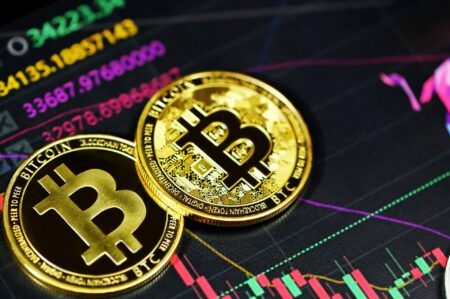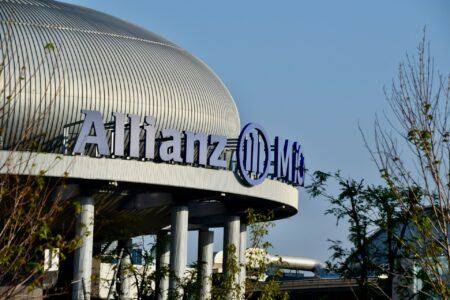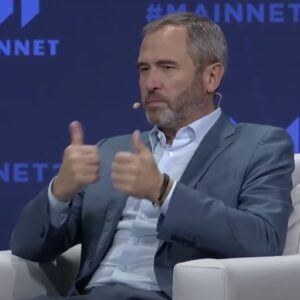Although it sounds quite aggressive, there is no actual fire involved with token burning. Instead, it involves taking a certain number of tokens out of circulation with the purpose of boosting the scarcity and potentially the value of the tokens remaining.
Burning tokens and coins is effectively a deflationary mechanism which doesn’t hurt holders of the coins, rather it benefits them evenly.
For Ethereum, this is a very good thing. As of late, the gas fees for Etherum have become very high, with some transactions now costing users anywhere over $100. The gas fee is the cost miners charge for the processing and minting of new coins.
A proposed ETH burn wouldhelp control this issue. It would also bring a deflationary factor too. As Gas is spent on transactions and a chunk of that amount is burned, this will create a lower supply of ETH available. This should also help another Ethereum issue which the Twitterati are tweeting about which is the fact that the total supply is uncapped.
Burns and Stock Buybacks
Burning works in a similar way as stock buybacks, with the same objective of raising the value of the existing tokens. Companies that have spare cash can buy back their own stock, leaving less in circulation, which increases the value of the shares. In economics we learn about supply and demand, whereby a lower supply of something such as a commodity like coffee, brings the value up as there is less to go around.
Then, when demand rises the price rises further. The same is often true with token burns. With cryptos it is known as “a buy and burn”, and it sees the token issuer repurchase tokens they have issued via the secondary market, in a show of confidence in the solidity and future of the token.
This often creates publicity around the burning event and helps bring in new investors who may expect the price of the token to rise.
A well-known example of this was seen with the Binance buy and burn where they wrote in their whitepaper that each quarter, they would repurchase and then destroy their own token the BNB, using a share of their profits, until they have reached half of all tokens and there are 100 million BNB in circulation.
Dynamic Burns
One company believes that predictive burning events can have some weak spots. When people know exactly when burns are going to take place, they can manipulate the price and taint the market discovery price.
Take BNB burns, the price of the token and the midpoint of the burn are highly correlated. Prophecy has found a way around this, with fluctuating burns which are calculated by algorithms rather than humans. This sits at the heart of the Prophecy protocol.
Prophecy is an interesting project that is burning its own native tokens. The Prophecy token ($PRY), is the token at the core of Prophecy. Prophecy is a project that consists of a network of individuals focused on creating an engine that works on establishing its own economic policy.
This protocol will be implemented across a suite of different products, with the one goal of enhancing and growing their earnings in a real community and removing the instability investors see in other financial settings. Their ecosystem includes an economic consensus which is designed for monetary policy, source staking, interchain dependencies and dynamic burning among others.
Traditional token burns buy from the open market and burn them according to a set figure. Prophecy’s burning mechanism is weighted to the amount of inactivity of a related account. Token burns have been around over the last few years and are even considered attractive by some investors.
As the supply of a specific asset drops and demand for it keeps rising there is only one mechanism that can handle the difference: the price. As demand for a smaller amount of token grows, price inevitably has to move up.
Tokens subject to a burn mechanism are naturally going to go through volatile periods – as all other cryptoassets. Their deflationary nature is felt over a longer period of time, as the inflationary nature of fiat currencies is felt over time and not right away.
PRY currently has a diluted market cap of $11,683,747. They have a max supply of 200,000,000. Just as with stocks, token burning is an excellent mechanism for increasing value, and fixing some of the issues with tokens like ETH as well as a way to regulate these issues. Dynamic burning could prove to be a solution to the current burn issues that we have seen in the past.
Featured image via Unsplash.
The views and opinions expressed by the author are for informational purposes only and do not constitute financial, investment, or other advice.








